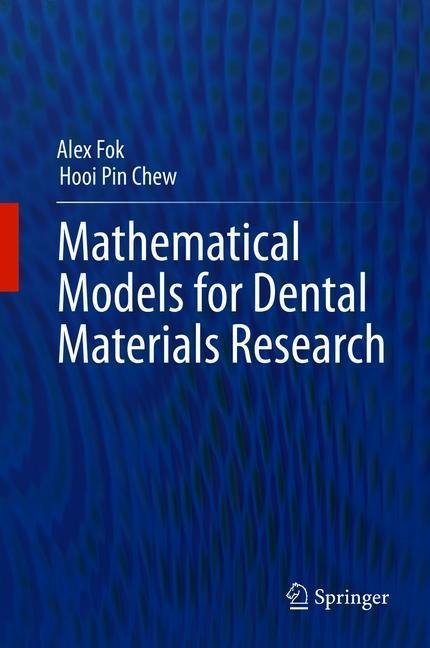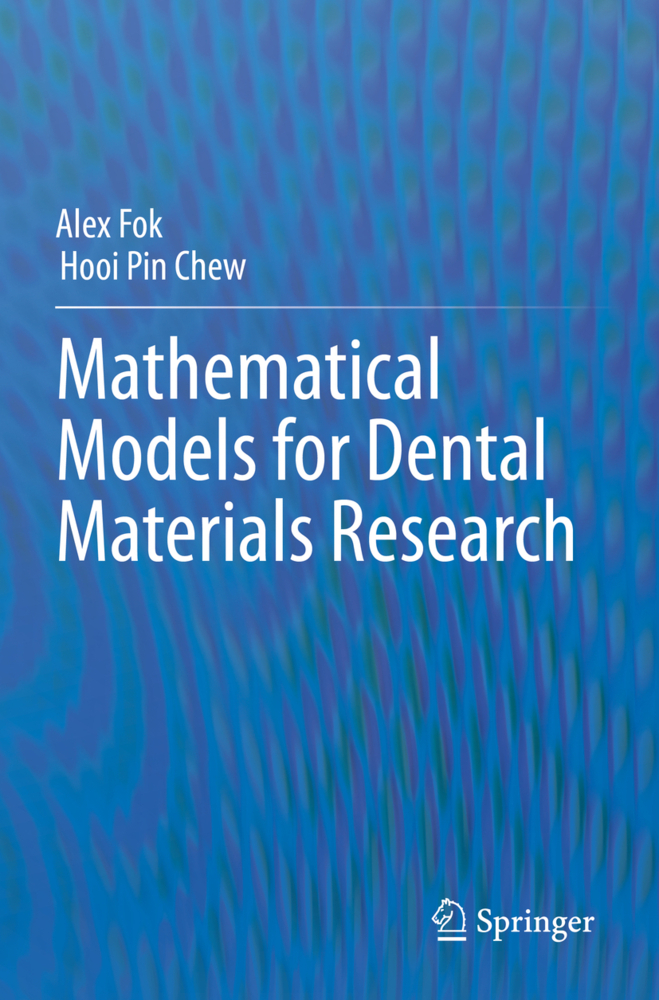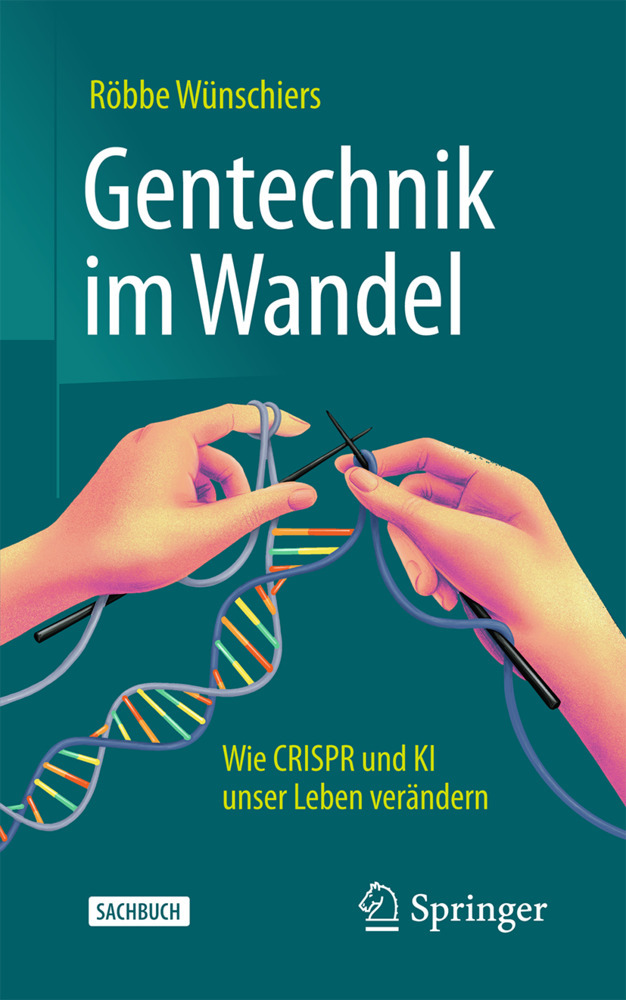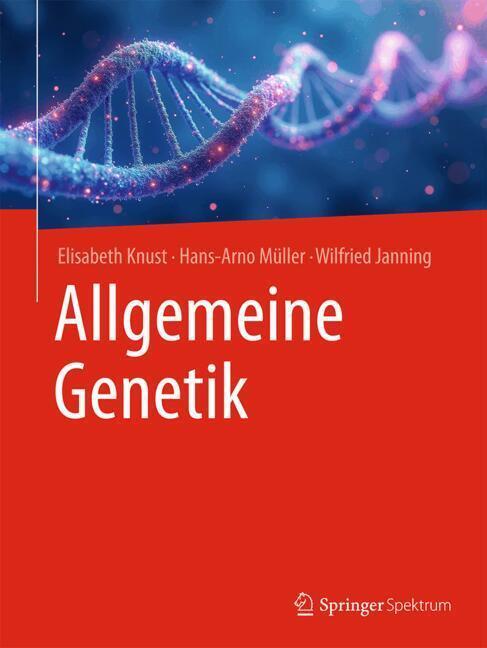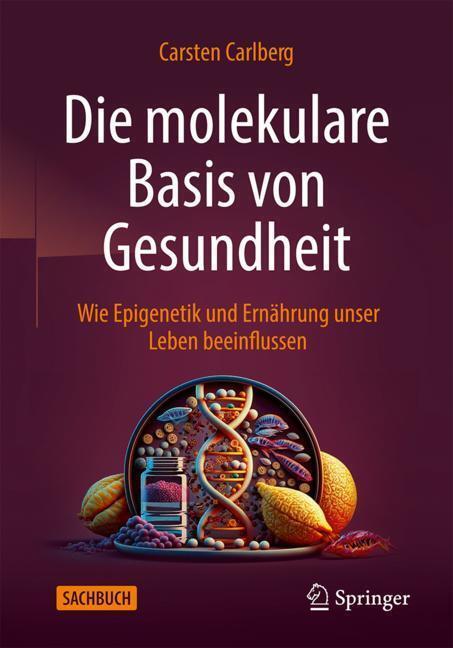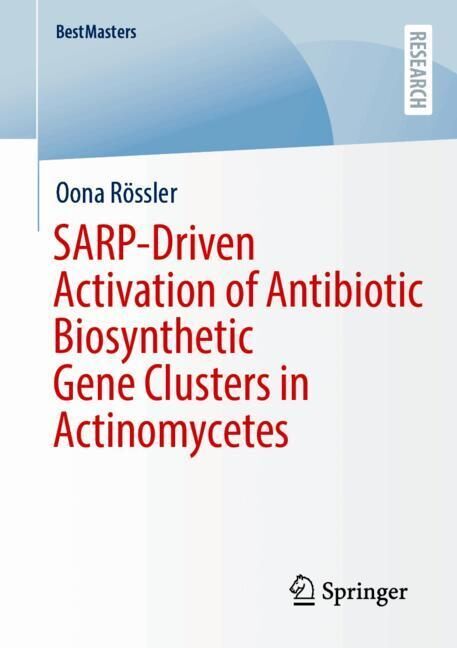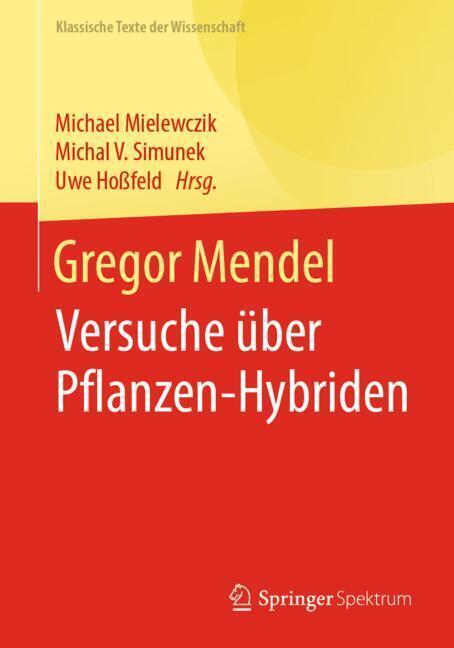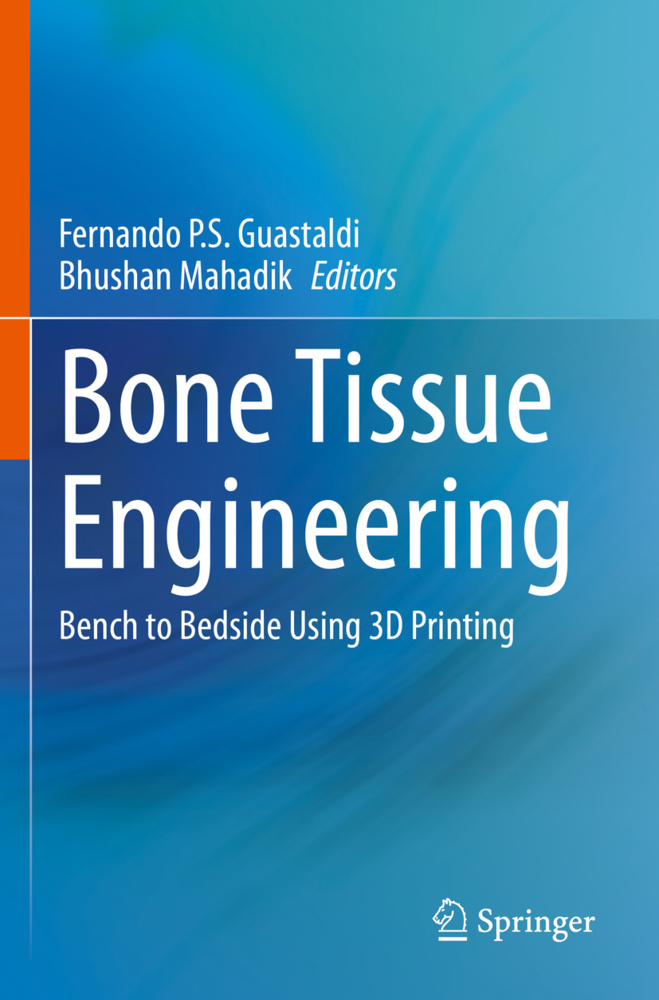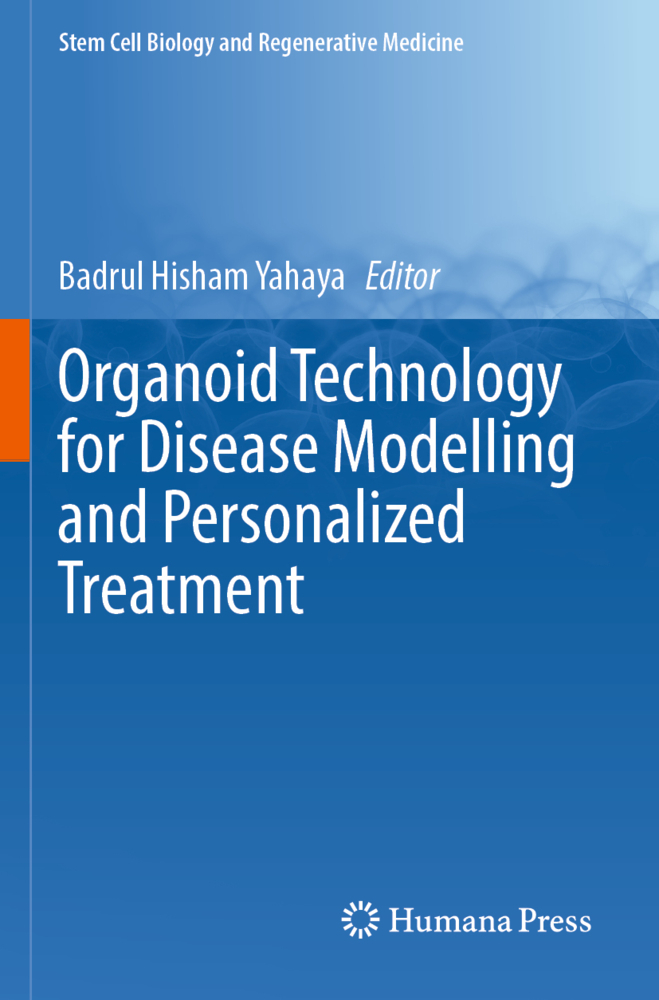Mathematical Models for Dental Materials Research
This book presents a mechanistic approach-mathematical modeling-for carrying out dental materials research. This approach allows researchers to go beyond the null hypothesis and obtain a solution that is more general and therefore predictive for conditions other than those considered in a study. Hence it can be used either on its own or to complement the commonly used statistical approach.
Through a series of practical problems with wide-ranging application, the reader will be guided on:
- How to construct a mathematical model for the behavior of dental materials by making informed assumptions of the physical, chemical, or mechanical situation
- How to simplify the model by making suitable simplifications
- How to calibrate the model by calculating the values of key parameters using experimental results
- How to refine the model when there are discrepancies between predictions and experiments
Only elementary calculus is required to follow the examples and all the problems can be solved by using MS Excel© spreadsheets.
This is an ideal book for dental materials researchers without a strong mathematical background who are interested in applying a more mechanistic approach to their research to give deeper insight into the problem at hand.
Advance praise for Mathematical Models for Dental Materials Research:
'This is a nice addition for research students on how to conduct their work and how to manage data analysis. It brings together a number of important aspects of dental materials investigations which has been missing in the literature. The practical examples make it much easier to understand.' - Michael F. Burrow, Clinical Professor in Prosthodontics, The University of Hong Kong
'The great strengths of this volume are the real world examples of dental materials research in the successive chapters. In turn, this is an outcome of the outstanding expertise of both authors. I warmly recommend this book to the dental biomaterials community worldwide.' - David C. Watts, Professor of Biomaterials Science, University of Manchester, UK
Dr. Alex Fok is a Professor in the Department of Restorative Sciences and Director of the Minnesota Dental Research Center for Biomaterials and Biomechanics (MDRCBB)? at the University of Minnesota. He has expertise in stress and structural analysis. His research activities cover a range of topics in the biomechanics of dental restorations. These include probabilistic failure analysis, shrinkage stress and strain, design of mechanical tests, nondestructive examination and shape optimization. A principal aim of his research is to instill more rigorous engineering principles into the design and assessment of dental restorations and treatments so as to improve their reliability.
Dr. Hooi Pin Chew is an Associate Professor in the Biomaterials Division of the Department of Restorative Sciences, University of Minnesota. She received her specialist training in Restorative Dentistry from the Royal College of Surgeon England. Her research interests are mainly driven by clinical practice and teaching and most of her research are translational in nature. Her research activities include development of optical techniques such as optical coherence tomography as objective clinical tools to detect and quantify dental erosion and dental caries, the study of erosive wear and its associated risk factors and the conduct of clinical trials for dental restorative materials.
1;Foreword: Enjoying and Applying Mathematics in Dental Materials Research;5 1.1;References;8 2;Preface;10 3;Contents;12 4;Chapter 1: Systematic Errors in Longitudinal Measurements;14 4.1;1.1 Introduction;14 4.2;1.2 Effect of Systematic Errors;15 4.3;1.3 Corrections for Fractional Changes;16 4.4;1.4 Corrections for Absolute Changes;17 4.5;1.5 Concluding Remarks;20 4.6;References;21 5;Chapter 2: Endodontic Treatment and Vertical Root Fracture;22 5.1;2.1 Introduction;22 5.2;2.2 Theory;23 5.3;2.3 Validation;26 5.4;2.4 Concluding Remarks;27 5.5;References;28 6;Chapter 3: Debonding of Resin Composite Restorations;29 6.1;3.1 Introduction;29 6.2;3.2 Theory;30 6.3;3.3 Application;32 6.4;3.4 Nonuniform Shrinkage;33 6.5;3.5 Numerical Solution;34 6.6;References;36 7;Chapter 4: Attenuation of Curing Light Through Resin Composite Restorations;37 7.1;4.1 Introduction;37 7.2;4.2 Theory;38 7.3;4.3 Numerical Solution;39 7.4;4.4 Analytical Solution;40 7.5;4.5 Specular Reflection;41 7.6;4.6 Concluding Remarks;43 7.7;References;43 8;Chapter 5: Release of Ions or Molecules from Dental Restorations;44 8.1;5.1 Introduction;44 8.2;5.2 Model and Numerical Computation;45 8.3;5.3 Analytical Solution;47 8.4;5.4 Refinement of Model;49 8.5;5.5 Concluding Remarks;49 8.6;References;50 9;Chapter 6: Heat Generated from Dental Resin Composites During Curing;52 9.1;6.1 Introduction;52 9.2;6.2 Model and Numerical Computation;53 9.3;6.3 Analytical Solutions;54 9.4;6.4 Concluding Remarks;57 9.5;References;57 10;Chapter 7: Mechanical Failure of Dental Restorations: The Weakest-Link Theory;58 10.1;7.1 Introduction;58 10.2;7.2 The Weakest-Link Theory;59 10.3;7.3 Estimating Survival Probability;60 10.4;7.4 Application;61 10.5;7.5 Fatigue Failure;62 10.6;References;64 11;Chapter 8: Stability of Dental Implants;65 11.1;8.1 Introduction;65 11.2;8.2 Mass-Spring System;66 11.3;8.3 Analytical Solution;67 11.4;8.4 Model for a Vibrating Implant;69 11.5;8.5 Effect of Bone Density;70 11.6;8.6 Concluding Remarks;73 11.7;References;74 12;Chapter 9: Kinetics of Photo-Polymerization;75 12.1;9.1 Introduction;75 12.2;9.2 The Chemical Reaction;76 12.3;9.3 The Rate Equations;77 12.4;9.4 Photo-Initiators and Free Radicals;77 12.5;9.5 Monomers;78 12.6;9.6 Polymer Chain Radicals;78 12.7;9.7 Computation;79 12.8;9.8 Effect of Light Intensity;82 12.9;9.9 Concluding Remarks;84 12.10;References;84 13;Index;85
| ISBN | 9783030378493 |
|---|---|
| Artikelnummer | 9783030378493 |
| Medientyp | E-Book - PDF |
| Copyrightjahr | 2020 |
| Verlag | Springer-Verlag |
| Umfang | 87 Seiten |
| Sprache | Englisch |
| Kopierschutz | Digitales Wasserzeichen |

